A lot happens in the seventy years between the end of Avatar: The Last Airbender and the beginning of The Legend of Korra. There are industrial revolutions, global shifts in political power, and some major developments for the first show’s core cast of characters. The world also undergoes significant changes in its relationship with the spirits, and a wide range of high-level bending abilities become far more common.
Despite having one of the most satisfying conclusions of any TV show to date, Avatar: The Last Airbender still left a number of questions unanswered at the end of its 61-episode run. What became of Zuko and Azula’s mother, Ursa, was perhaps the most obvious cliffhanger, but it wasn’t the only one. What became of the Fire Nation colonies in the Earth Kingdom? How did the citizens of the Fire Nation respond to losing the war? How did Master Pakku’s voyage to rebuild the Southern Water Tribe turn out? These and other plot threads were left dangling, and have since been picked up in the graphic novels and The Legend of Korra.
Of course, not every question has yet been answered. A few key plot points and character relationships remain up to interpretation, but enough evidence has appeared over the years to point curious fans in the right direction. Did Toph and Sokka really get together? It certainly keeps being teased. The fact is, there’s a ton of ground to cover between the two shows. The world changes; people get married; people break up; villains return. New wars nearly break out, and angry spirits rear their heads. In the interest of painting a full picture, here’s a list of every major event that takes place between the end of Avatar: The Last Airbender and the beginning of The Legend of Korra.
Zuko Finds His Mother
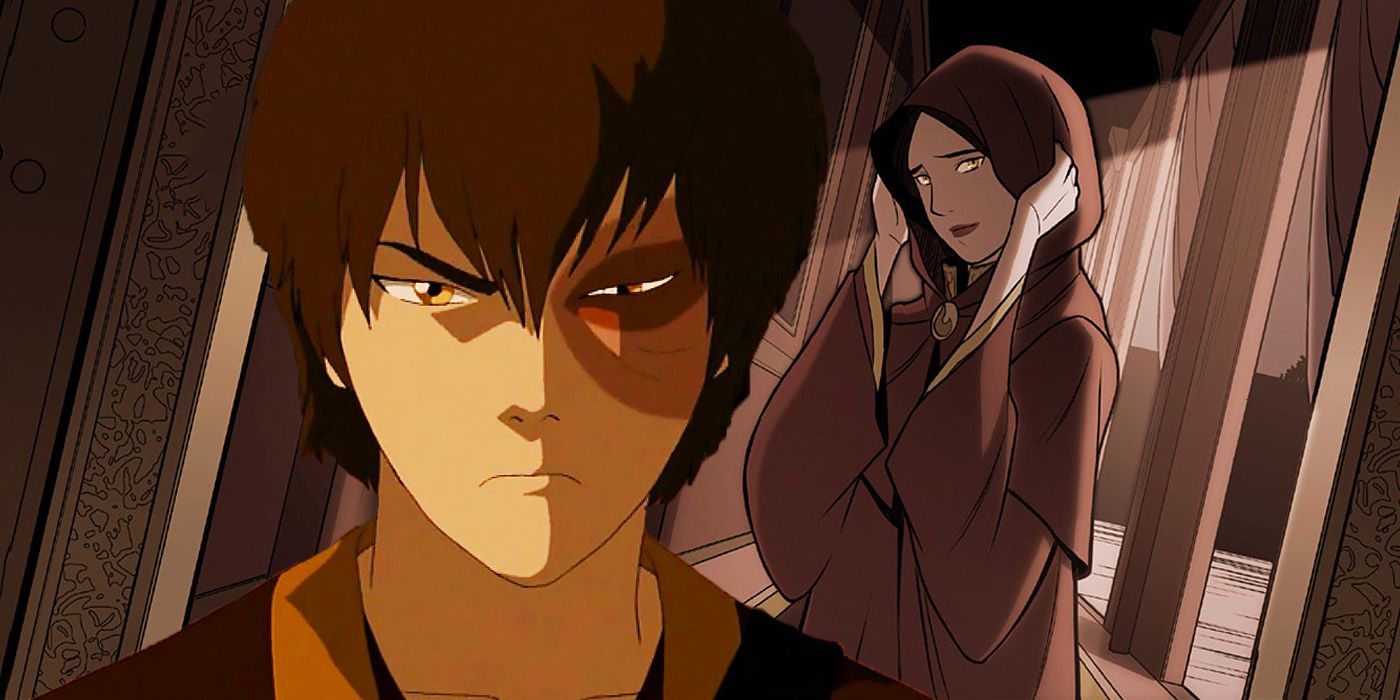
As revealed in “The Day of Black Sun,” Ursa is alive – banished by Ozai for the treasonous deeds she committed on his behalf to save Zuko’s life. In the graphic novel The Search, Zuko assembles the old crew to find her, even taking an unhinged Azula out of her confinement in a mental institution to help. Their journey leads them to the Forgetful Valley, one of the Fire Nation’s most spiritual places, where an ancient spirit called the Mother of Faces is said to occasionally pass by.
In the end, it’s revealed that Ursa was brought to the valley by a former lover after being exiled. Together, they begged the Mother of Faces to change Ursa’s face. The spirit complies and takes her memories as well to ease Ursa’s pain of being separated from her children. Ursa then lives peacefully with her new husband Noren – who she intended to marry in her youth before Ozai arranged her marriage to him. The two have a daughter, Kiyi, who is Zuko and Azula’s stepsister, and a promising young firebender in her own right.
After discovering his mother’s fate, the gang asks the Mother of Faces to restore Ursa’s memories and original face, which she does. Ursa then returns to the Fire Nation capital with Kiyi and Noren, where they live happily together alongside Zuko. Azula however, escapes.
Aang And Katara Get Married And Have Three Kids
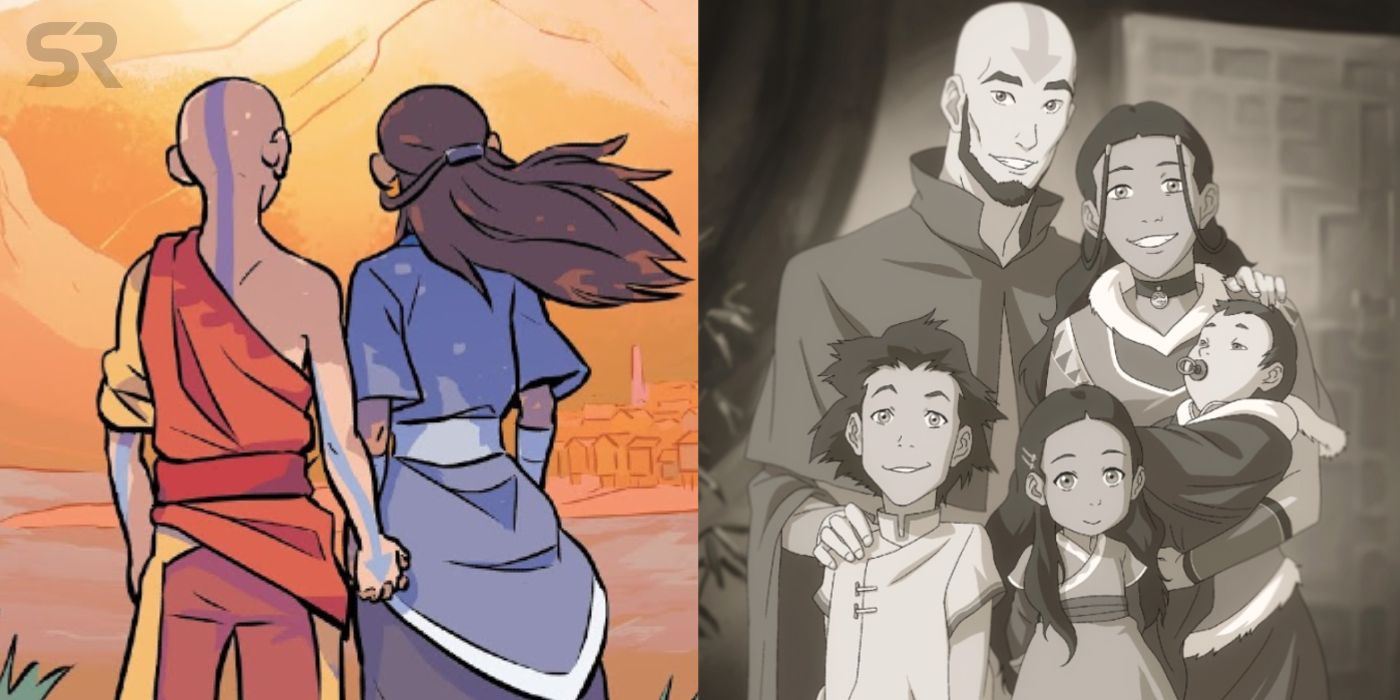
It’s no secret that Aang and Katara wind up together. The early days of their relationship are shown in the graphic novels, and all three of their children feature prominently in The Legend of Korra. Bumi, their oldest child, who takes his name from Aang’s childhood friend, becomes a commander in the United Forces, following in his father’s footsteps of keeping the world safe. Kaia, the middle child, carries Katara’s powerful waterbending abilities and spends much of her life with her mother in the South Pole. And Tenzin, the only born airbender, takes it on himself to continue perpetuating the traditions of the Air Nation.
Though Katara and Aang stay strong together until his premature death in his sixties (the physical toll of being frozen solid for a hundred years), The Legend of Korra reveals that Aang was less than a perfect father to his children. While he doted on Tenzin as the future of the Air Nation, he often failed to extend the same kind of open affection to Kaia and Bumi. Some fans have taken issue with this added wrinkle to Aang’s character, but it fits with the way he was raised (air nomads are raised communally with no formal family unit to set an example) and with the stress he must have felt carrying the fate of his whole culture on his shoulders.
The Fire Nation Colonies Become The United Republic
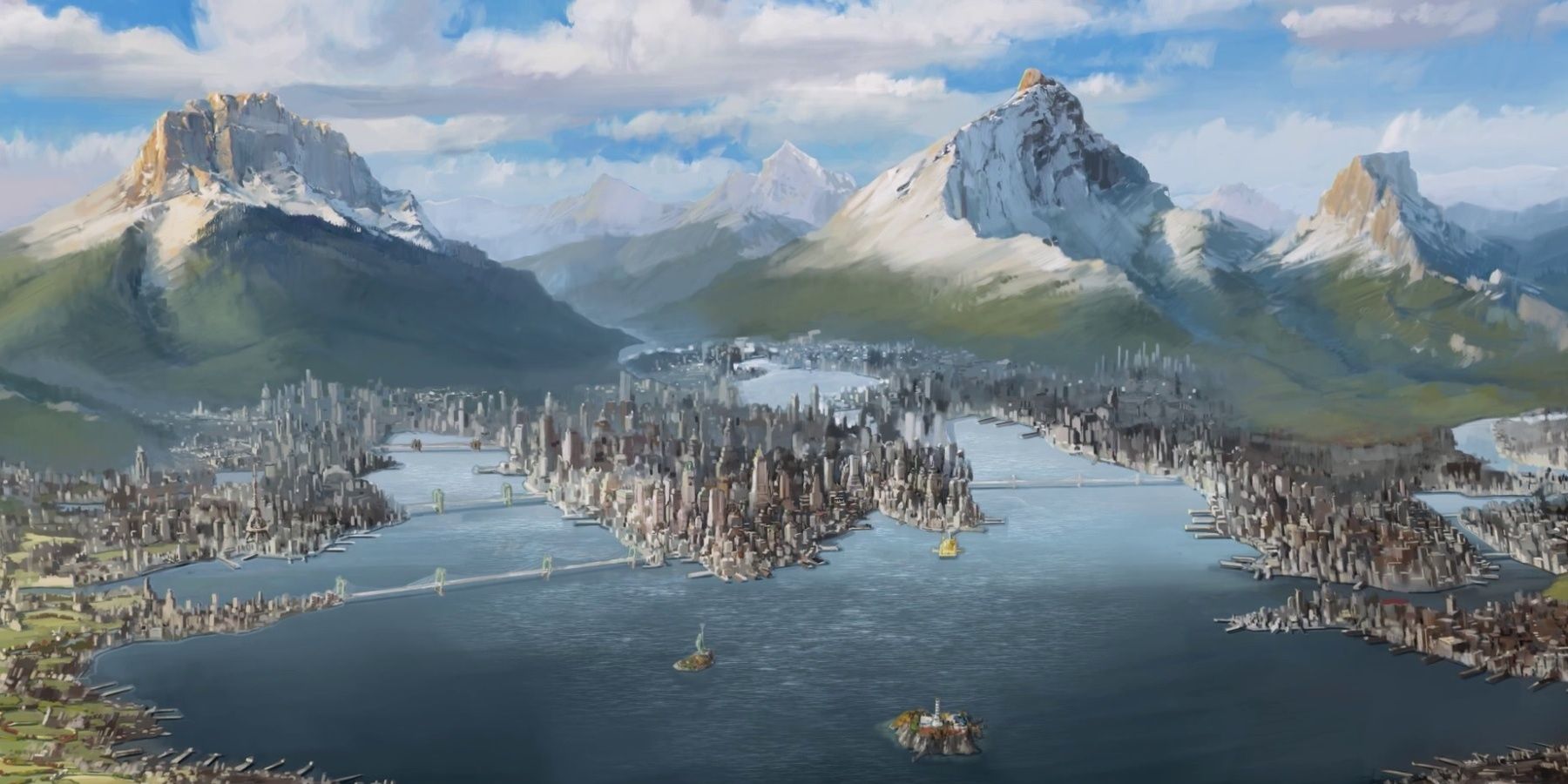
When The Legend of Korra begins, viewers are immediately introduced to Republic City – the modern center of global culture and commerce. Tenzin says in the opening narration that the United Republic was born out of the old Fire Nation colonies in the Earth Kingdom, but this history isn’t elaborated on any further in the show.
Fortunately, the graphic novels pick up the slack. The Promise, The Rift, and Imbalance all focus on the colonies in the immediate wake of the war, and how they eventually become politically independent. In The Promise, tensions flare between Zuko and Earth King Kuei over the fate of the occupied land at the Earth Kingdom’s southwest peninsula. While Zuko initially supports an immediate removal of all Fire Nation citizens, he rethinks after massive protests from those citizens – who have lived on the land for generations – lead to an assassination attempt on his life.
With Zuko suddenly unwilling to completely uproot the lives of the colonies’ residents, and the Earth King unwilling to back down, another war nearly starts. Ultimately, Aang is able to defuse the situation through the power of the Avatar State, and the help of a united coalition of Earth Kingdom and Fire Nation citizens. This coalition pushes for independent rule in Yu Dao, free from both nations, and a peace is brokered. During the conflict, Avatar Roku repeatedly urges Aang to kill Zuko to ensure a lasting peace, which prompts Aang to tearfully cut himself off from his past life.
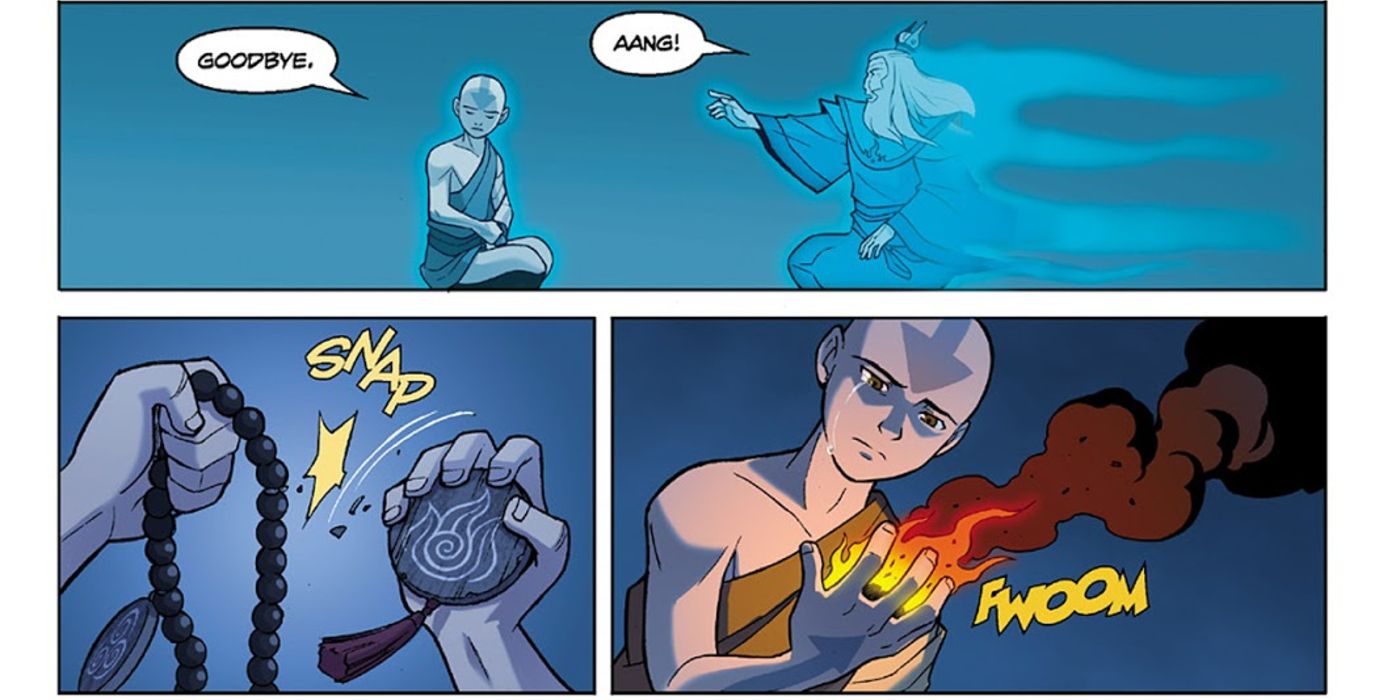
In The Rift and Imbalance, another area of the peninsula near Yu Dao is heavily urbanized and industrialized, led by the success of the international Earthen Fire Industries. The town – initially dubbed Cranefish Town – eventually becomes Republic City, and is joined with Yu Dao and some of the surrounding area to create the United Republic.
The Air Acolytes Repopulate The Air Temples
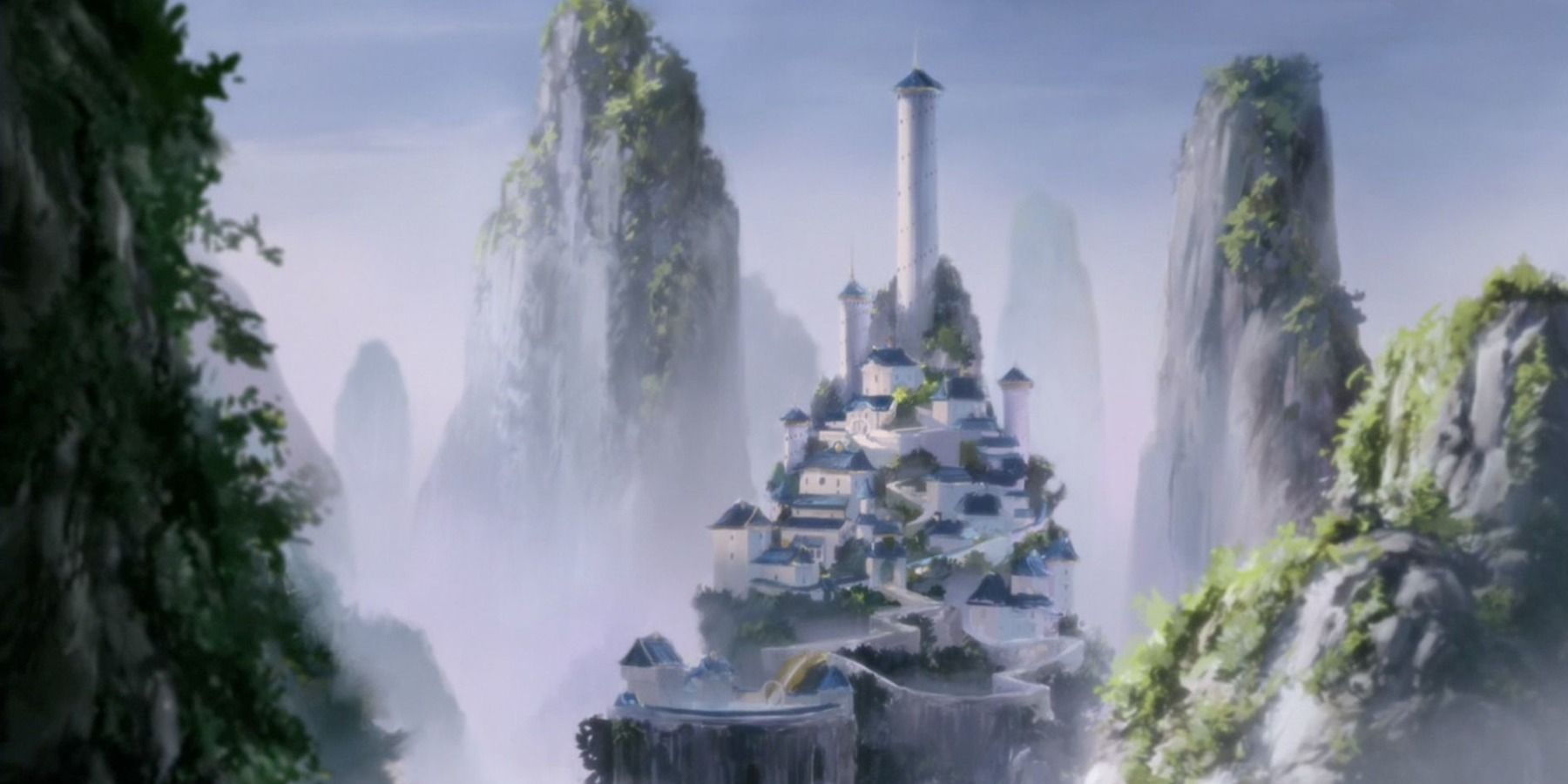
The show is called Avatar: The Last Airbender for a reason, and when it ends, Aang is still the last of his people alive. Acknowledging the extended time it will take to truly heal the air nation, Aang founds the order of Air Acolytes – a group of non-airbenders dedicated to learning the spiritual and cultural ways of the Air Nomads. By the time The Legend of Korra begins, the acolytes have repopulated the four Air Temples, keeping the sacred grounds clean and ready for future airbenders to come.
The Southern Water Tribe Is Rebuilt With Help From The North
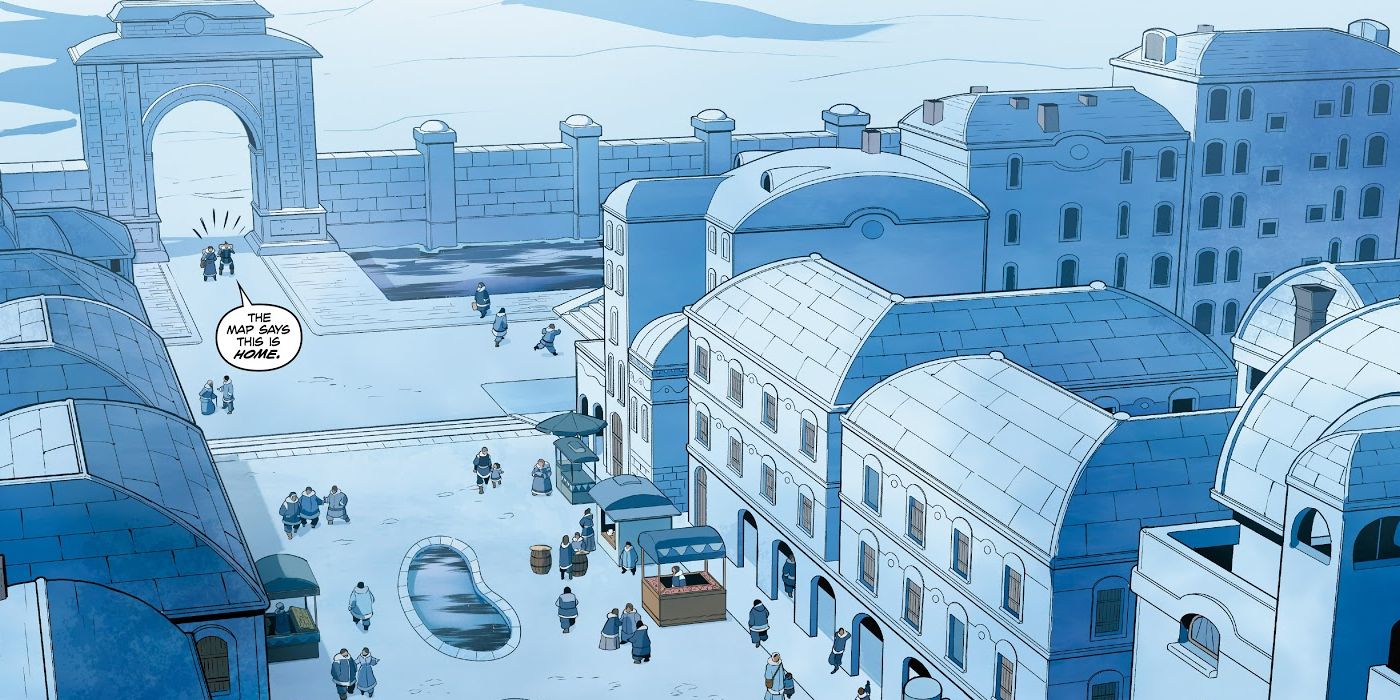
Other than the Air Nomads, no one was more brutally harmed by the war than the people of the Southern Water Tribe. Fire Nation raids in the early days of the war nearly erased the entire tradition of Southern Waterbending, and the tribe itself was decimated by repeated attacks, being much closer to the Fire Nation than the Northern Tribe.
At the beginning of Avatar: The Last Airbender season 2, Master Pakku is on his way South with a group of northerners to help the Southern Tribe rebuild. By The Legend of Korra season 2, the South Pole is a bustling metropolitan center, with a thriving economy and new generations of waterbenders. But how did it get like that?
The graphic novel North and South shows the early days of the Southern Reconstruction Project – a northern-led initiative to revitalize the South Pole into a prominent international political force. Sokka and Katara’s father, Hakoda, is chosen as the new Head Chieftain, joining the disparate tribes and villages of the South under a united rule. However, the Reconstruction Project is highly controversial, as many southerners disagree with the Northern Tribe holding so much power over them, and many northerners believing the South Pole is a backward, less-civilized tribe that must be “uplifted.”
Ultimately, though the tribe is rebuilt, it remains partially under Northern Control. While the South Pole is mostly autonomous, they still pay taxes and fealty to the Northern Tribe’s Chief and leadership until the events of The Legend of Korra season 2.
Bloodbending Is Banned
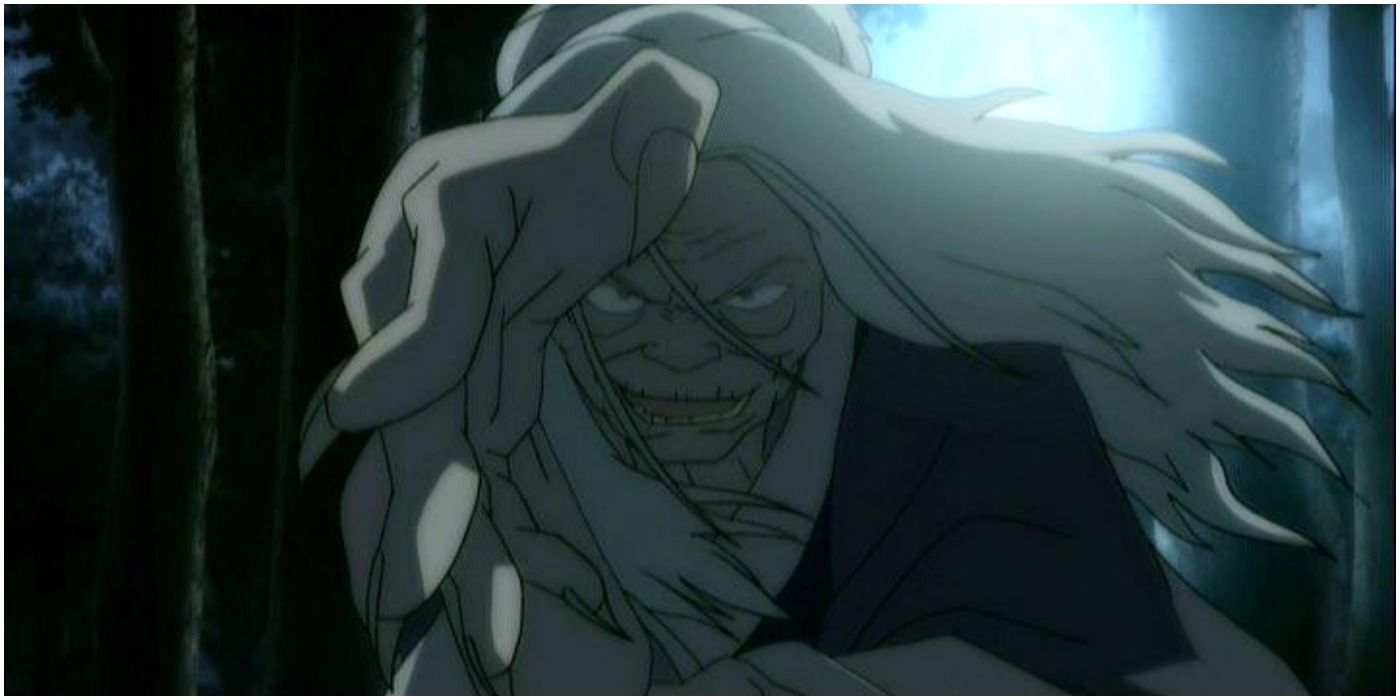
After seeing the terrifying effects of bloodbending firsthand, Katara campaigns to have the rare technique outlawed globally – a campaign that is ultimately successful. It’s unclear exactly when the ability becomes illegal, but it’s certainly banned by the time of Yakone’s trial. It’s also unclear how the technique became public knowledge. Hama is theoretically still alive by the end of Avatar: The Last Airbender, and at least one Fire Navy soldier witnessed Katara bloodbend and lived, so either of them could have carried the stories. Or maybe some other ambitious bender simply discovered the move on their own.
The White Lotus Comes Out Of Hiding
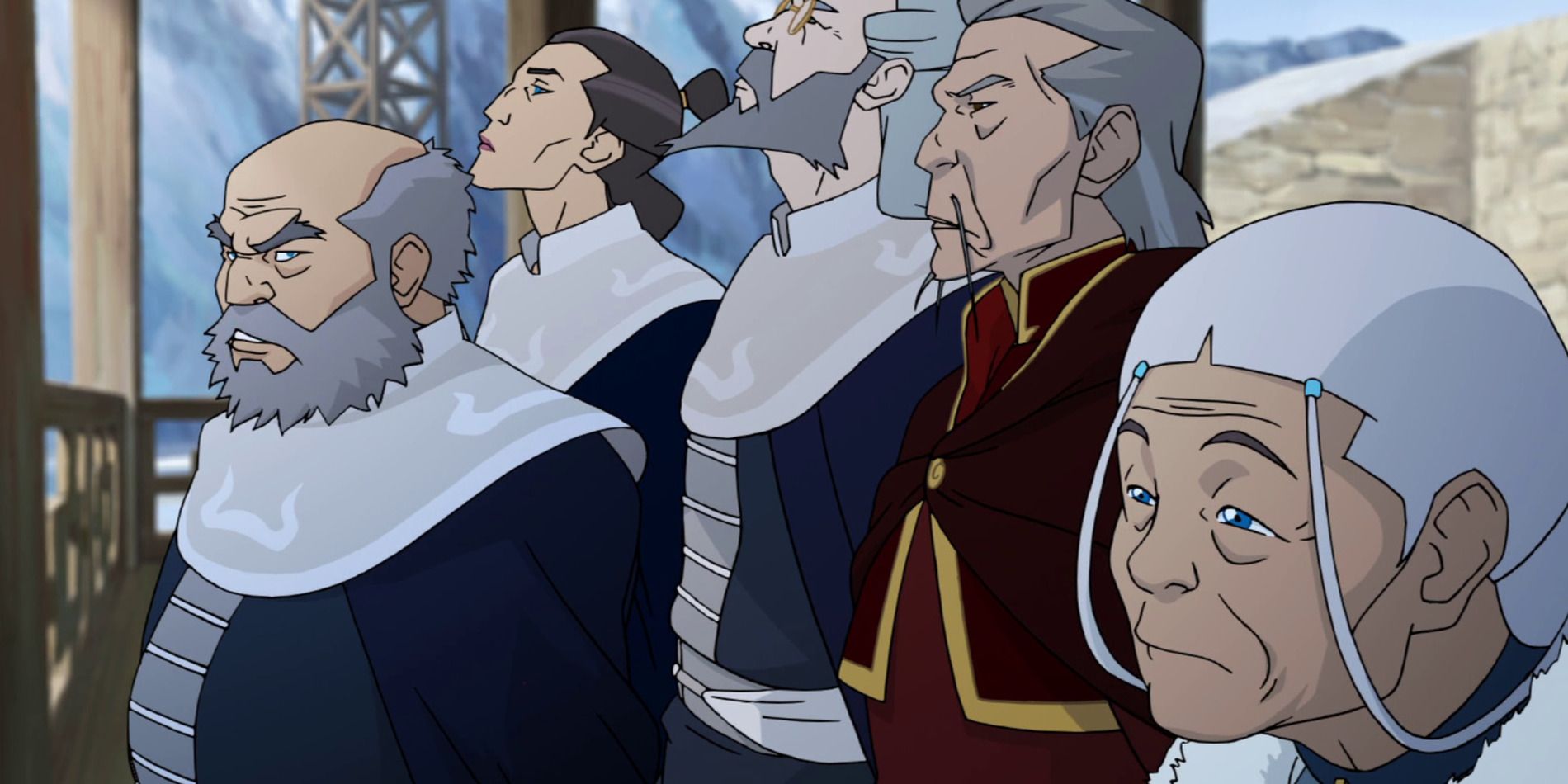
One of the great storylines of Avatar: The Last Airbender is the mystery of the global secret society, The Order of the White Lotus. Beloved characters like King Bumi, Master Pakku, Jeong Jeong, Iroh, and Piandao are all connected in the show’s finale through their shared membership to the shadowy group, which comes out of hiding only to liberate Ba Sing Se from Fire Nation occupation.
After the events of Avatar, The Order of the White Lotus ceases to be a secret society and begins taking a more active role in world affairs. Most notably, they become the sworn protectors of the Avatar and the surviving airbenders, constantly on guard to make sure that Korra is safe while she is in training, and that Tenzin and his family are kept out of danger.
Toph Starts A Metalbending Academy
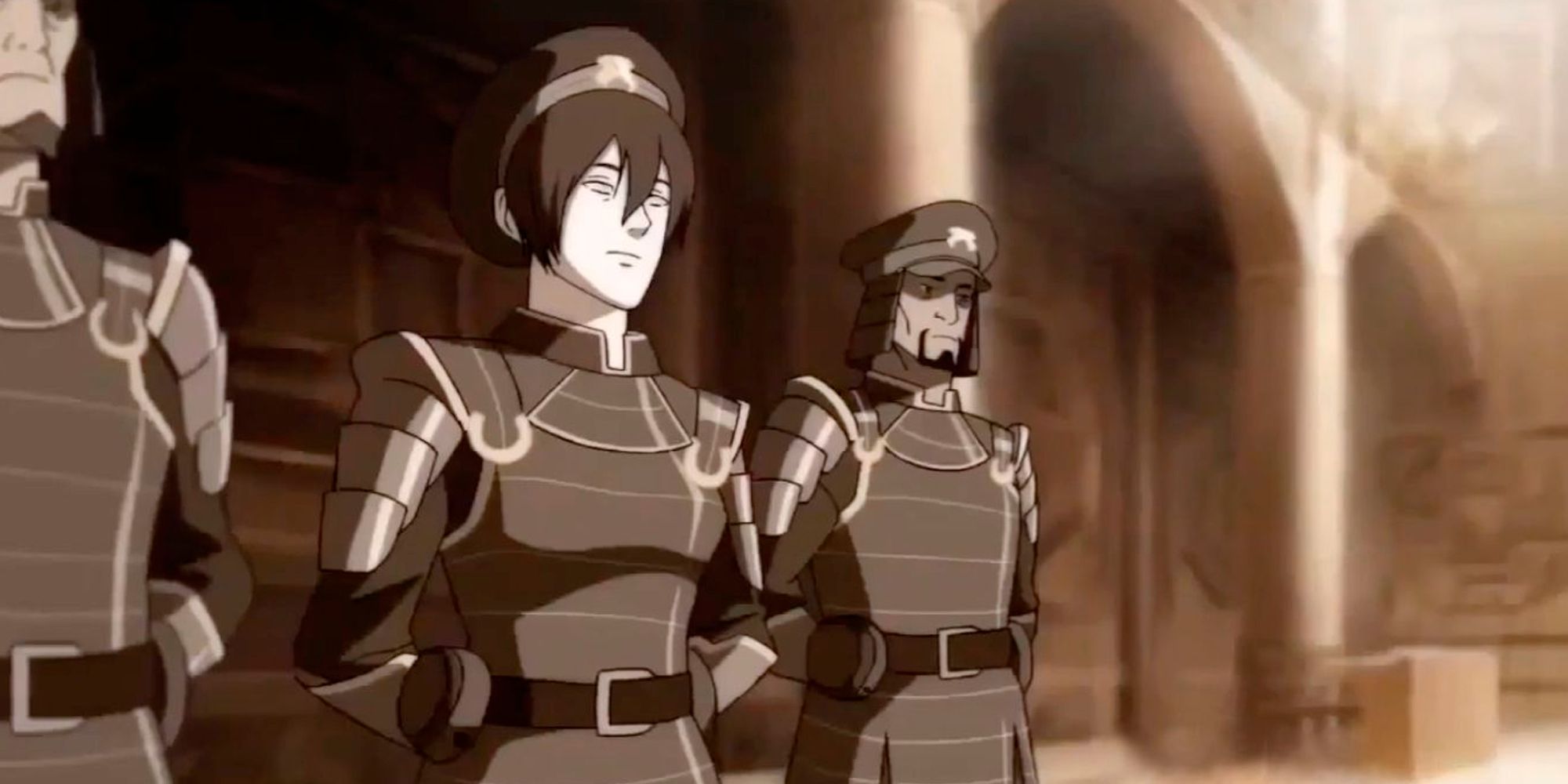
As the self-proclaimed (and well-deservedly so) greatest earthbender in the world, it makes sense that people would be lining up to learn from Toph Beifong. To that end, the graphic novels show her establish the Beifong Metalbending Academy to pass on her greatest achievement – the art of metalbending.
While the comics only show the early days of Toph’s teachings, the spread of metalbending by The Legend of Korra, and the establishment of the Metal Clan in Zaofu by her daughter Suyin indicate that she dedicated a good portion of her life to teaching the skill to others. The prominence of metalbending on Korra’s day is similar to the increased commonality of lightning among firebenders – a result of Zuko making the once-elite technique accessible to ordinary citizens, and not just to the royal family.
Azula Leads A Coup Against Zuko
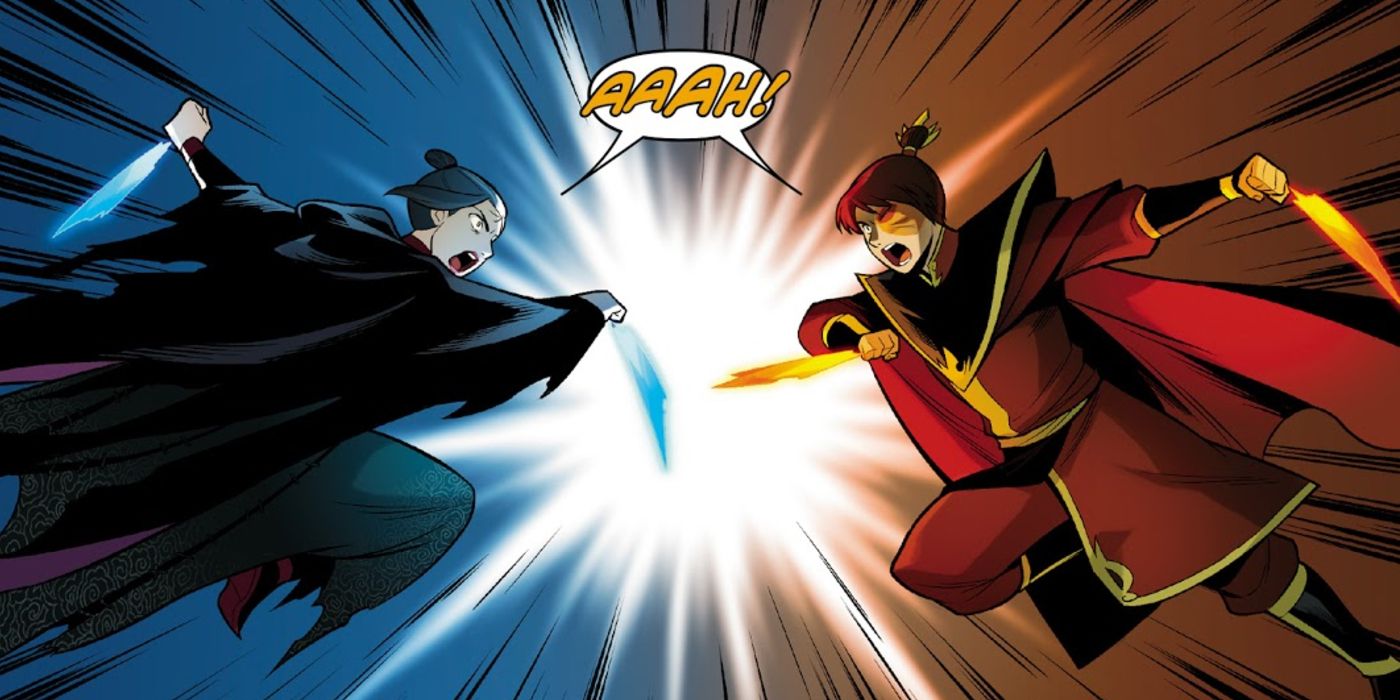
After escaping at the end of The Search, Azula goes into hiding to recover her strength. Eventually, in the follow-up graphic novel Smoke and Shadow, she becomes connected to the New Ozai Society, a group of political dissidents who believe Zuko’s policies as Fire Lord have led to the decline of their nation. The group is led by Mai’s father, Ukano, and together with the two hatch various schemes to torment and overthrow Zuko that include street riots, kidnappings, and more assassination attempts. Azula’s schemes ultimately fail, but she remains at-large at the end of Smoke and Shadow. What happens to her canonically is still unknown.
Aang, Sokka And Iroh Die
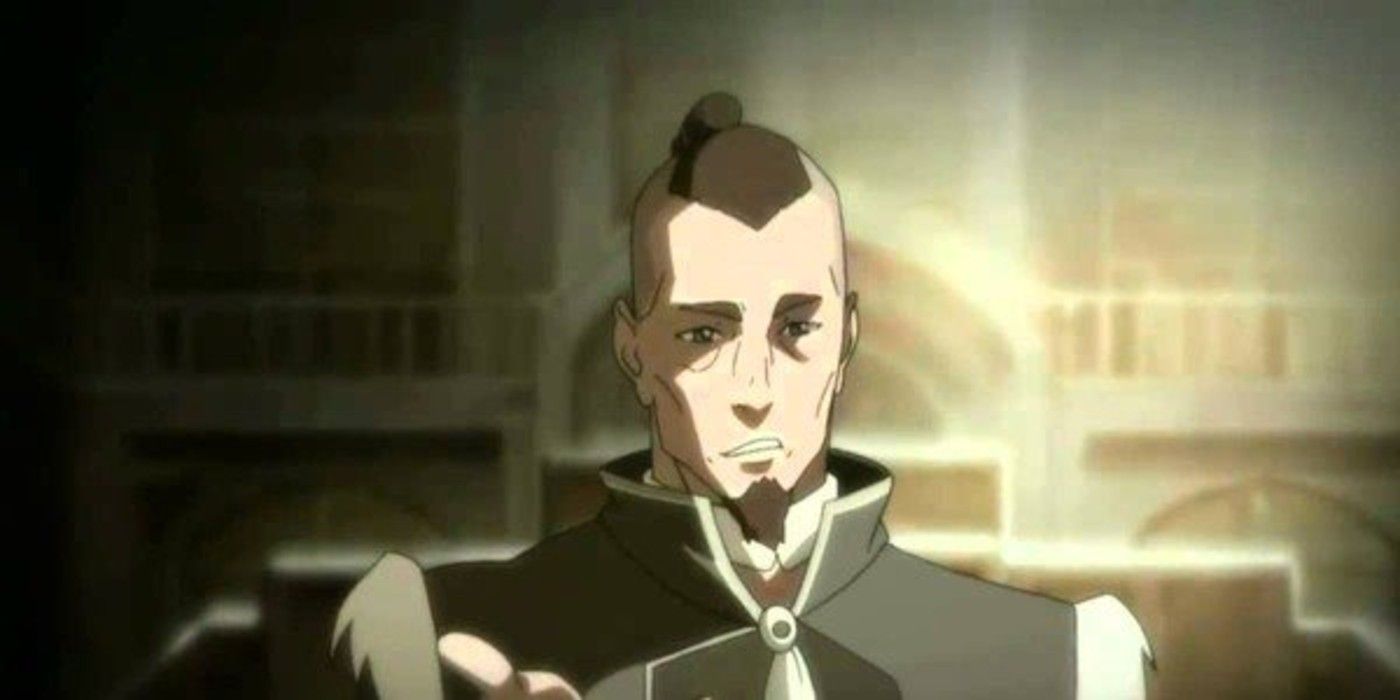
While most of Avatar: The Last Airbender’s beloved cast lives to see The Legend of Korra, a few faces sadly pass on in the interim. Of course, for the next Avatar to be born, Aang must die, and so his century in the iceberg eventually catches up with him. Iroh passes on at an undetermined point between the shows, leaving his physical body to become a permanent resident of the Spirit World, which he seems to enjoy immensely in Korra.
In the first episode of The Legend of Korra, Katara reveals that Sokka is gone as well, though the details of his passing are unknown. He was part of the group that saved Korra from the Red Lotus as a child, and it’s possible that his death was related to injuries incurred during that fight, given his relatively young age. Either way, he doesn’t live to see the new Avatar grown.
The Fire Nation’s Technology Spreads Worldwide
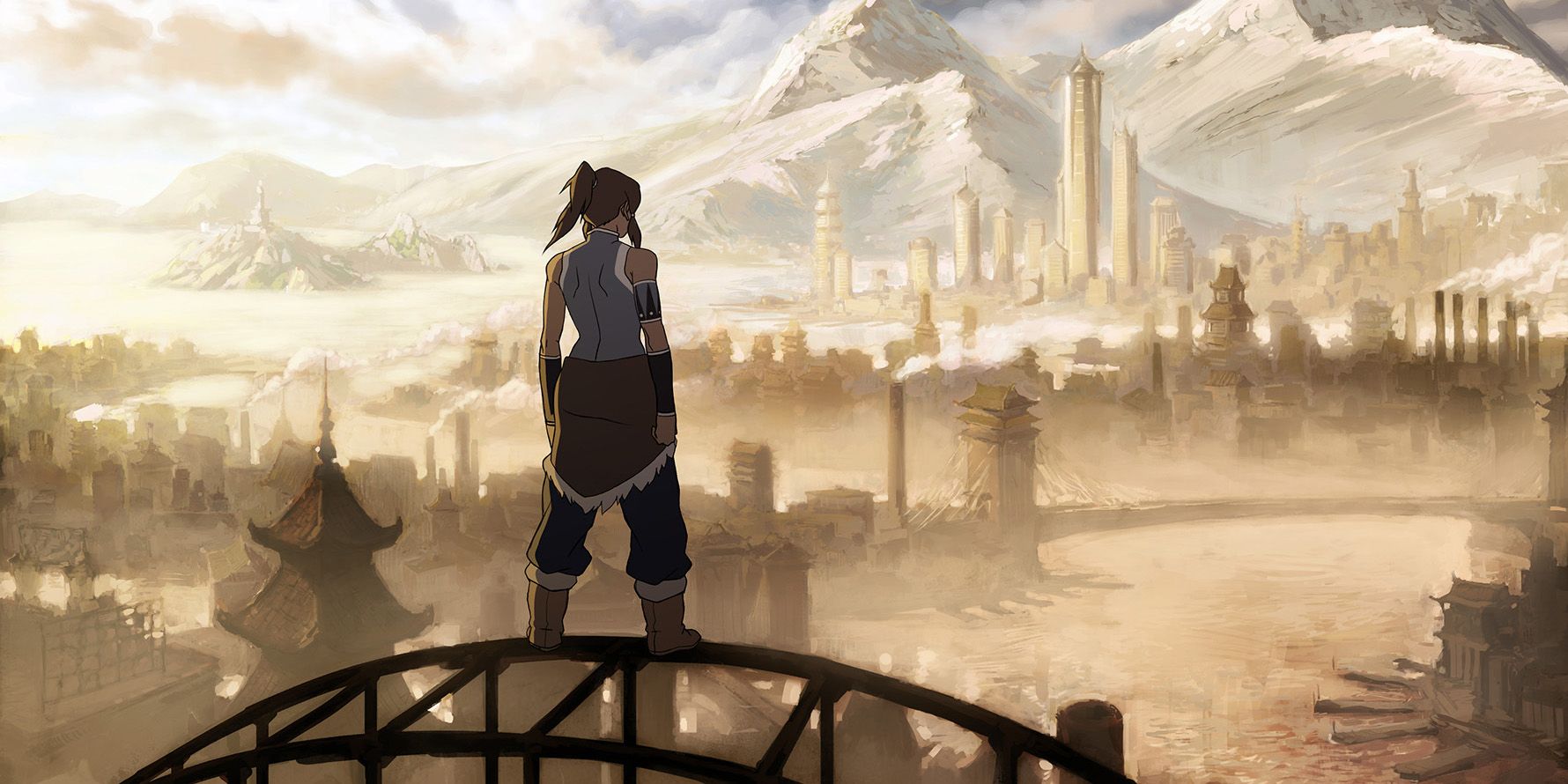
When The Legend of Korra first premiered, many fans took issue with what appeared to be an unrealistically fast technological revolution. However, upon closer inspection of the complete Avatar timeline, this shift makes a lot more sense. In Avatar: The Last Airbender, the Fire Nation already possessed a lot of the technology that becomes commonplace in Korra, as evidenced by the massive drill that attacks Ba Sing Se, the fleet of zeppelins that attempts to burn down the Earth Kingdom during Sozin’s Comet, and the battalions of tanks that guard the royal palace and assault the Northern Air temple.
The Rift details how the Fire Nation’s technological advancement spreads to the Earth Kingdom, and eventually to the Water Tribes in North and South. The end of the war means the new inventions that previously focused solely on fighting can be adapted to other areas of life. It also means that cooperation across national borders can bring those technologies worldwide. This globalization leads to even more development, bringing the dawn of the modern world as crafted by industrialists like Varrick and Hiroshi Sato.
The Earth Kingdom Falls Into Economic Ruin
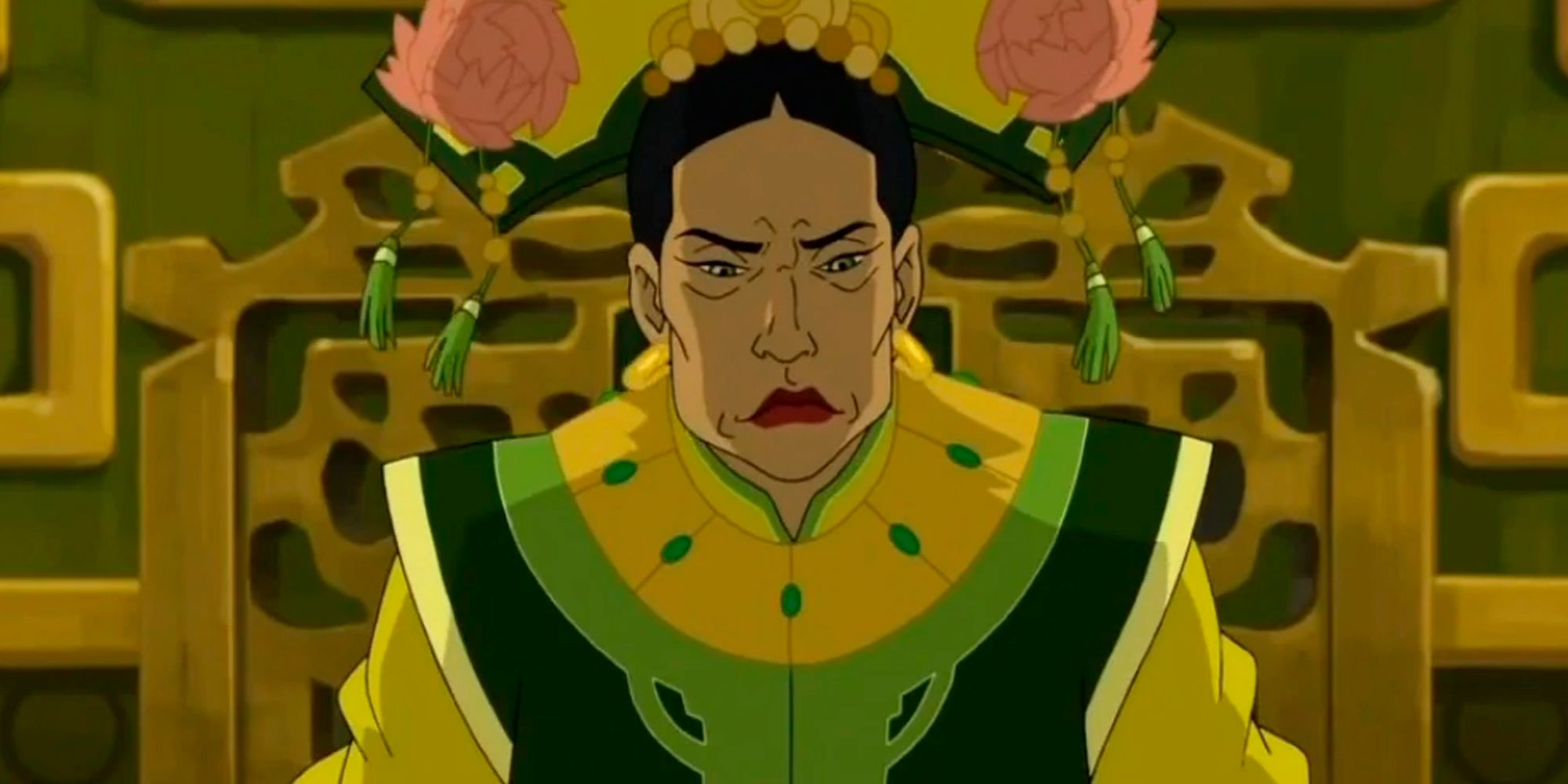
Despite ultimately freeing itself from the Fire Nation’s imperialist aggression, the Earth Kingdom is left damaged and fragmented by a hundred years of fighting. And by The Legend of Korra season 3, continued mismanagement by the royal family has only exacerbated the problem. It’s clear that while certain areas like Zaofu and Cranefish Town thrived during the industrial revolution, most of the Earth Kingdom was never given the resources necessary to properly rebuild, leading to a steadily declining state as infrastructure crumbled and citizens turned to crime in order to survive. This fragile state eventually sets the stage for the main storyline of Korra’s third and fourth seasons.
Zuko And Mai Break Up
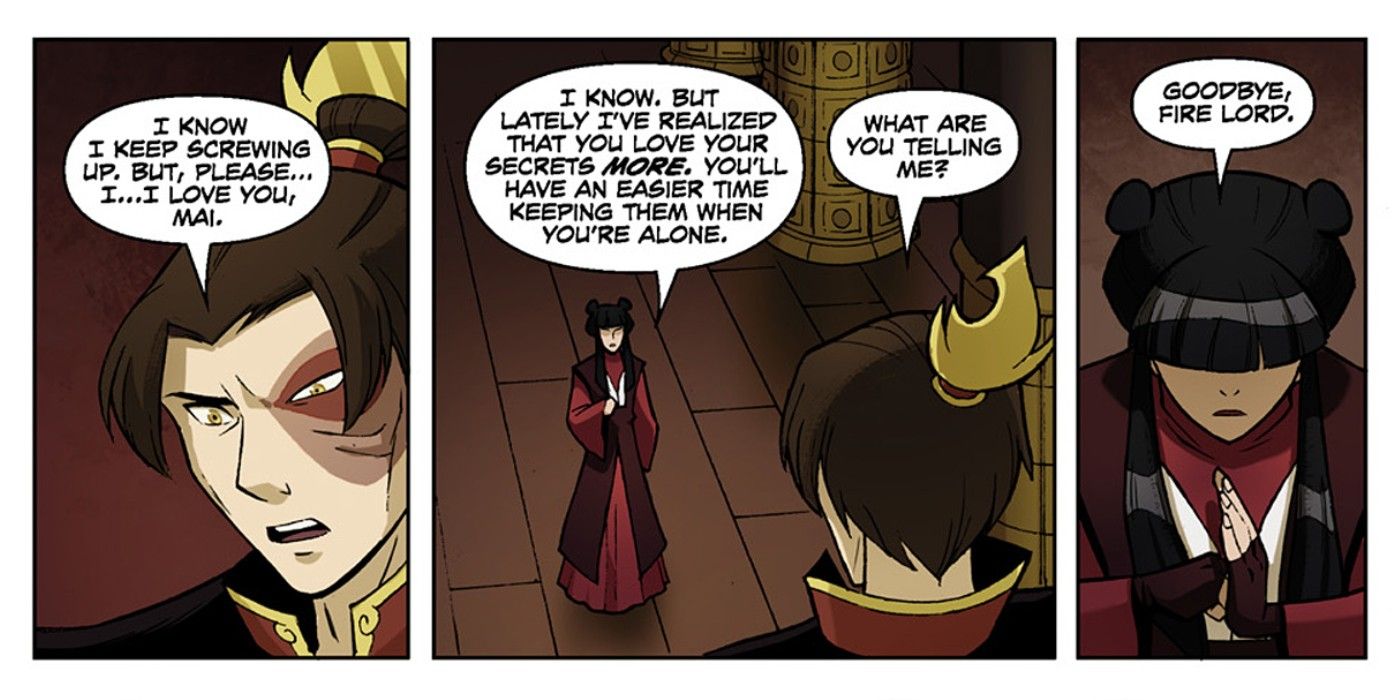
During the graphic novels, the Fire Nation’s gloomiest couple splits up. A series of disagreements during the trying times of Zuko’s early reign drives a wedge between them, and Mai decides she needs to spend some time away from the Fire Lord. At the end of Smoke and Shadow, the two are still separated, but there’s definitely still a spark between them, even though Mai is seeing someone else at the time. Right now, it’s still unknown if the two get back together, or who the mother of Zuko’s daughter actually is.
The Kyoshi Warriors Become Global Peacekeepers
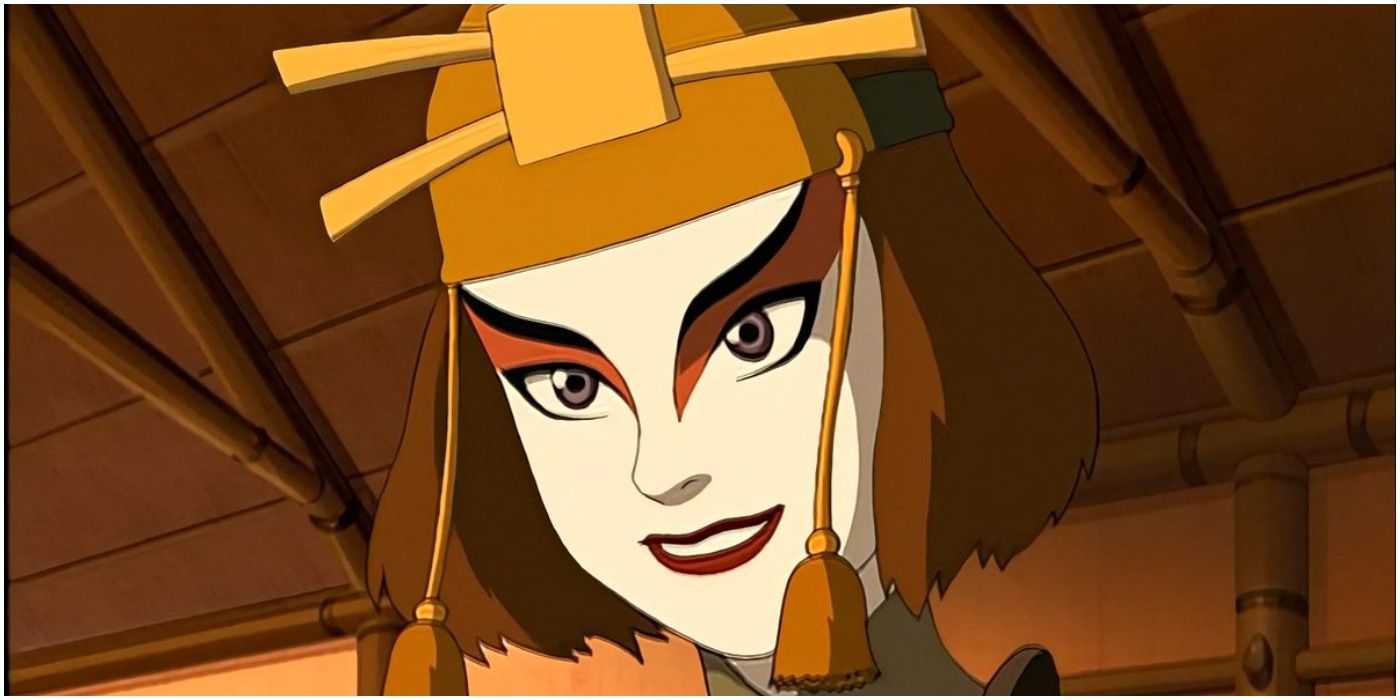
After being freed from prison when Ozai is defeated, Suki and the Kyoshi Warriors, travel the world, taking their skills wherever they’re needed most. When Zuko’s life is endangered by a series of assassination attempts, Suki and the crew move to the Fire Nation to serve as his personal security team. Later, when Cranefish Town is threatened by a militant group of “bender supremacists,” the Kyoshi Warriors set up shop to teach Ty Lee’s chi-blocking technique so that non-benders are able to defend themselves. Honestly, there could be a whole show of Suki and Ty Lee traveling the world fighting bad guys, and there should.
Spirits Become Increasingly Angered By Industrial Development
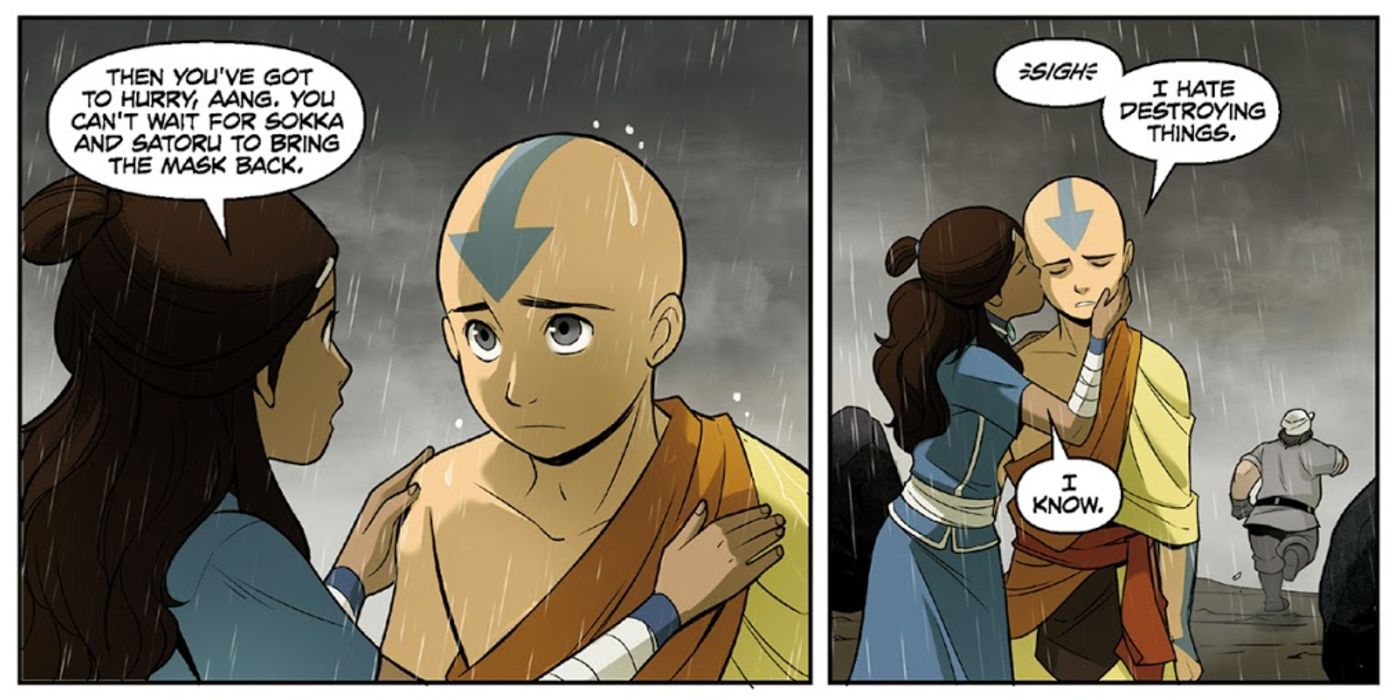
The rolling tide of industrialization that follows the Hundred Year War has its drawbacks, not the least of which is the destruction of the natural world and subsequent retaliation by angered spirits. In the Southern Water Tribe, the exploitation of oil deposits under the ice spawns a sprawling, modern metropolis. Unfortunately, this development comes at the cost of the natural balance, leading to the spirit attacks that trigger the events of The Legend of Korra season 2.
In The Rift, Aang battles a fierce spirit who is infuriated by the industrial development on previously sacred land. At the end of the fight, Aang kills the spirit to save Toph’s life, but that choice haunts him, and he often wonders if he set the world on the wrong path by allowing technology to advance unchecked. Though Korra deals with the brunt of this pent-up spiritual harm, the troubles begin as soon as the war ends; as soon as the world begins its transition to modernity.




